
Triangular love no more: Why the annual ODI tri-series Down Under was scrapped
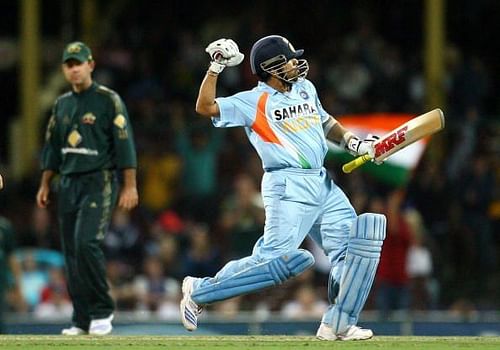
There are many reasons why people hate growing old. First, they cannot seem to exert themselves physically like they used to. Second, they cannot connect with most forms of entertainment available since they grew up admiring something totally different. The third and most intriguing reason is that some elements that were an integral part of their lives earlier, no longer retain the same appeal.
Now, why does this happen?
Perhaps it is just age and the baggage that comes with it. Or perhaps it is because of commercialization (lack of an emotional connect, as they would claim) and disconnect with technology & modernization.
One such classic example is the triangular series that was played annually in Australia for years. Played for almost two months (December & January), the series represented something unique and memorable all through my childhood (and for many other cricket fans).
It wasn’t just the nature of the format but the teams, contests, players, and variety on offer that made the tri-series something you could not miss if you were a cricket fan. But, since the mid to late 2000s, there was something amiss. Cricket Australia even decided to do away with it for four years before bringing it back in 2011-12, only to scrap it again.
Why was this happening? Did this coincide with the perceived decline of the ODI format & rise of the T20 format or was it just a series that could not fit into the crazy modern cricket scheduling. Nevertheless, the tri-series provided cricket fans with an incredible set of memories and something to look forward to every year.
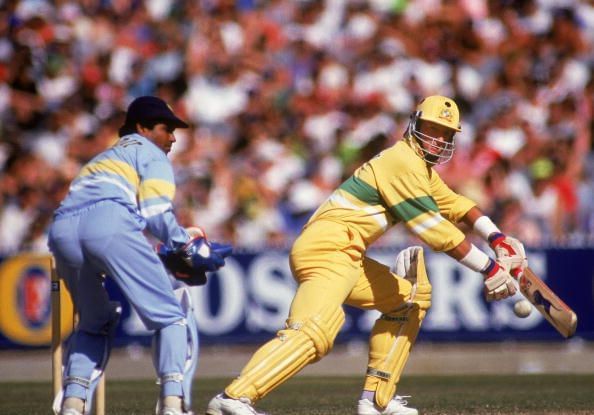
My earliest memory of the tri-series was way back in 1991 when India and West Indies journeyed to Australia. India’s Test series was forgettable but for Sachin Tendulkar’s magnificent centuries in Sydney and Perth. Perhaps the game of the series was the India-West Indies tie in Perth. I distinctly remember West Indies making heavy weather of a target of 127 but nearly getting there after Curtly Ambrose smashed a massive six. However, Tendulkar, bowling the 41st over, managed to induce a thick edge of Anderson Cummins only for Mohammad Azharuddin, then India’s finest fielder, to pull off a blinder at slip.
For someone who had never witnessed a tied game before, this was quite a start and left me hooked.
However, what got me fascinated with the tri-series was actually not the cricket played in the next couple of years. For the first time (I was perhaps 9 years old), my dad took me to a fantastic old books store. I was not quite sure why I was there but my enthusiasm for the game meant that I picked up at least 30-40 Wisden Cricket Monthly magazines from the 1970s and 1980s and the pick of them all – a special magazine on the history of the tri-series in Australia. It was the perfect companion to the tri-series. Colour photographs, great anecdotes, match details, coverage of classic innings and a whole stats section.
I learned about the origin of the tri-series, the start of World Series Cricket and the controversies. Years later, when I had the wisdom and cricket knowledge to appreciate this better, I realized what a huge contribution Packer’s revolution had made. But for WSC, we may never have known coloured clothing, day-night cricket and many other great features that have become commonplace in the modern-day game.
Rather unsurprisingly, the late 1970s and early 1980s were dominated by West Indies. Viv Richards established himself as the finest ODI batsman going around by producing a string of top-class batting performances down under, including a majestic 153 in Melbourne in the 1979-80 season. The tri-series also had its fair share of controversy; Greg Chappell, in a moment he would perhaps erase from his career, instructed his brother Trevor to bowl the final ball underarm to ensure that the finals against New Zealand would not extend to the decider.
Although there was much to treasure in the 1980s, it was really the 1990s that got me hooked to the annual contests in Australia. Australia mostly dominated but the series that are etched in memory are mostly the ones where the hosts were upstaged. The first of these is the 1996-97 series that involved West Indies and Pakistan.
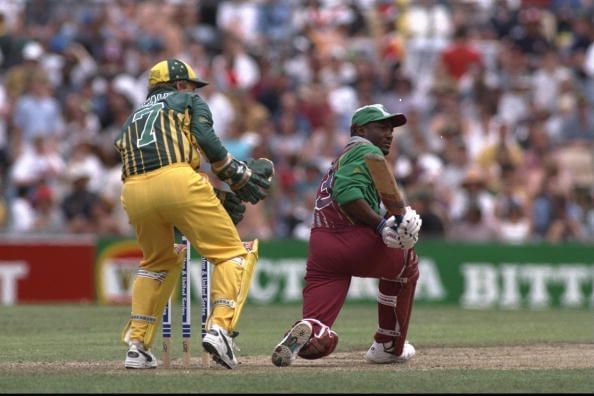
West Indies were struggling in the Test series and looked in bad shape in the ODI series too. Interestingly, the Test matches and ODI series were played in parallel. In a crucial game at the Gabba, West Indies made a challenging target look easy after centuries by Brian Lara and the mercurial Carl Hooper. This triggered a change of fortunes in the Tests too as they won two of the last three Tests (they lost the series 3-2 though).
From that point on, West Indies dominated the ODI series and reached the finals comfortably. However, in their inconsequential final group game, they made the mistake of resting Lara who was in scintillating form in the last few games. Lara was dismissed cheaply in the finals and Pakistan ran away with the title, despite having a losing record against West Indies through the tournament.
There was no stopping Australia in the coming years as they crushed all the visiting teams. At times, there was hardly a semblance of a contest. In the 2001-02 season, however, all that was about to change. Steve Waugh’s Australian outfit was challenged by South Africa and Stephen Fleming’s plucky New Zealand.
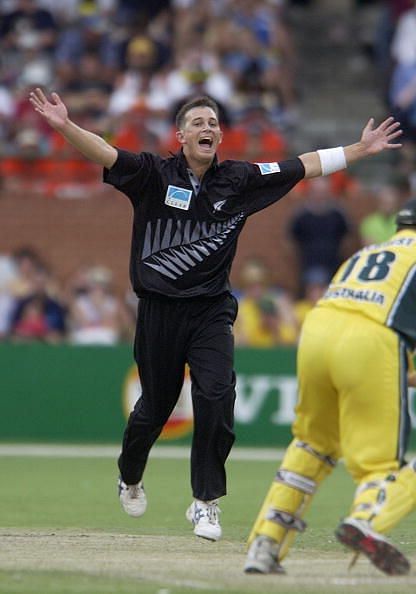
The trans-Tasman rivalry was never quite a competitive one overall. Australia had dominated New Zealand regularly except for a brief phase in the 1980s when Australia were going through a transition. In the 2001-02 series. New Zealand unleashed the pacy Shane Bond. With a smooth, flowing action and terrific speed and accuracy, Bond tormented both opponents with Australia, in particular, struggling to counter him.
The series featured an interesting pattern. Each team ended with 4 wins and 4 losses (3-1 records for Australia against South Africa, South Africa against New Zealand and New Zealand against Australia) but both the travellers went through because of the bonus point rule.
South Africa won the finals comfortably and Steve Waugh lost the ODI captaincy to Ricky Ponting. This fantastic, evenly-contested series sparked off another dominant run by Australia which was brought to an end by England in 2006-07 and India in 2007-08. Sachin Tendulkar’s heroics in the finals lifted India to a great win after the disappointment of the controversial Test series. This, however, turned out to be the end of the road for the tri-series. Although there was one other tri-series hosted four years later (2011-12), the annual contest was shelved and bilateral ODI series replaced it.
Why did this happen, I have often wondered? Is it pure economics? Did the tri-series fail to bring in the crowds like it used to? Were the contests becoming too one-sided? Or was it perhaps the long, drawn-out nature of the series that led to it falling out of favour with the board?
Personally, I feel it is because the tri-series did not feature a significant number of competitive contests. More often than not, the visiting teams were jaded after the Test series and struggled to challenge the hosts. In almost two decades, there were only 3-4 series where Australia were actually pushed. Also, with the T-20 format growing in popularity and the Big Bash league turning into a massive crowd puller, the ODI tri-series was phased out.
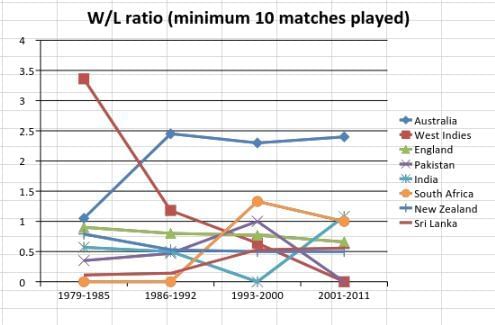
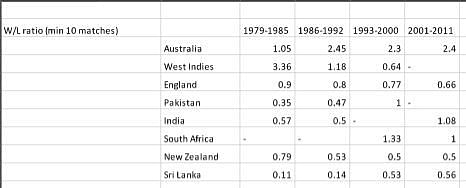
The tri-series may never make a comeback again. Even if it does, the contests are unlikely to evoke the same sense of awe and excitement that they did between 1990 and 2007-08. The memories left behind, however, will stand the test of time. South Africa’s choke in the finals after dominating the group stages, West Indies’ remarkable comeback in the 1996-97 series, Michael Bevan’s brilliant chase versus New Zealand in the 2001-02 season, Shane Bond’s magnificent start, Australia’s extraordinary turnaround in the 2005-06 finals when they lost the first final to Sri Lanka and recovered from 10/3 to post 368 in the second final before winning the third final by nine wickets, and finally India’s terrific triumph in the 2007-08 season.
The twists and turns in these series, the various scenarios and possibilities, together with the top-class individual performances left an indelible image on every major cricket fan’s mind.